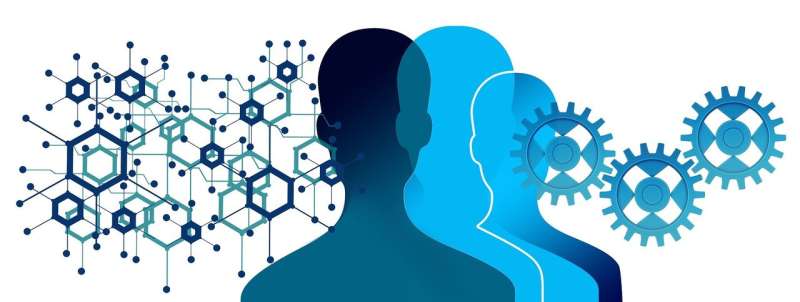Understanding the hive mind: What drives crowdsourcing

Crowdsourcing is a method of problem solving that taps the intellectual potential and skills of a large number of people simultaneously, commonly by using the tools of social media and the internet. New research published in the International Journal of Ad Hoc and Ubiquitous Computing has investigated this phenomenon from the perspective of the various influencing factors and incentive strategies used to make crowdsourcing work the most effectively.
Xu Zhang, Zhanglin Peng, Qiang Zhang, Xiaonong Lu, and Hao Song of the School of Management at Hefei University of Technology in China, explain how crowdsourcing has been used in many different settings by companies, organizations, and innovators around the world. For instance, it has been used to guide the development of new products; it has been used in citizen science and data collection; to provide fodder for machine learning applications; for the testing of new software (often referred to alpha and beta testing); and it has even been used in political rallying and in the creative world to nudge performers and producers in a particular artistic direction or to specific places.
The team writes about how crowdsourcing was defined in 2006 by Jeff Howe as "the act of taking a task that is traditionally performed by an employee and outsourcing it to a large and undefined crowd of individuals through an open call."
The team has reviewed the research literature in this field and found that there are numerous factors influencing the behavior of individuals in the "crowd," including enjoyment and fun, monetary reward, peer recognition, skill improvement, self-marketing, a sense of belonging, work autonomy, altruism, and task complexity.
Their work offers related behavioral theories to explain the relationship between those influencing factors and how the crowd behaves when presented with a particular problem to be solved. They highlight the incentive strategies that might be used, from the perspective of both the requester and also the available crowdsourcing platforms. Finally, they discuss the current directions being taken by research and highlight new avenues that might be taken to allow the field to mature.
More information: Xu Zhang et al, User participation behaviour in crowdsourcing initiatives: influencing factors, related theories and incentive strategies, International Journal of Ad Hoc and Ubiquitous Computing (2021). DOI: 10.1504/IJAHUC.2021.119084
Provided by Inderscience


















